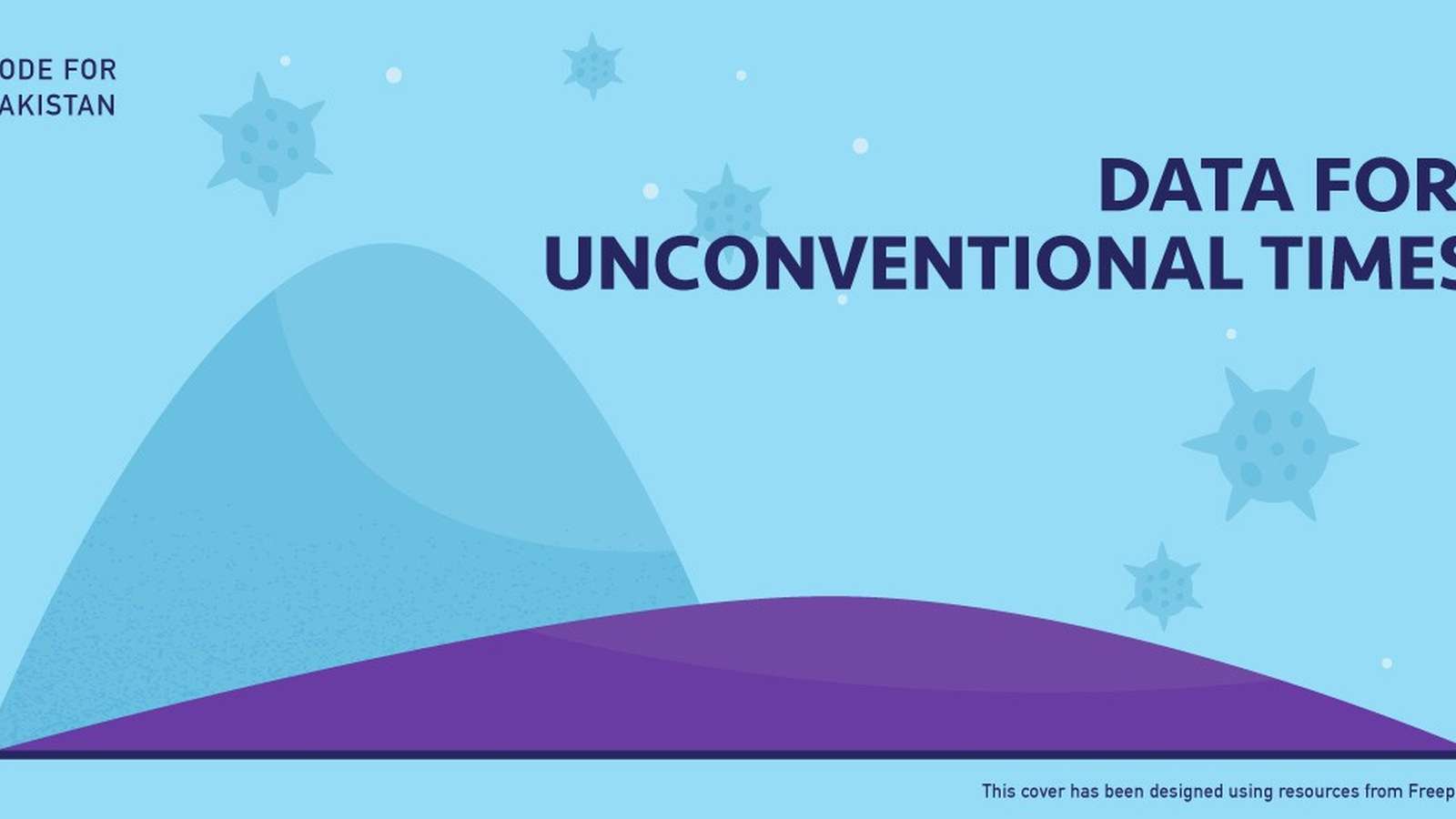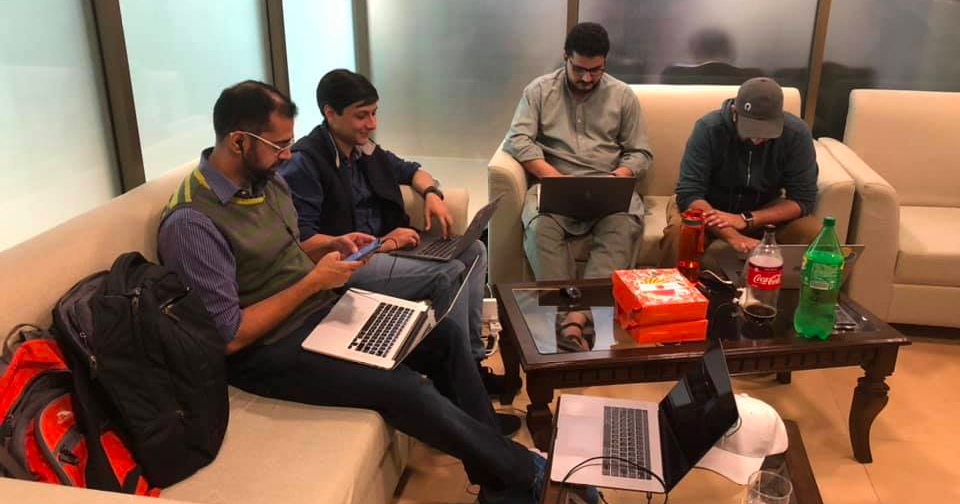
COVID-19 has been spreading viciously over the past seven months and has affected people from over 187 countries across the globe. With the number of cases growing by the day, with no end in sight, governments, medical practitioners, researchers, analysts, and all the stakeholders are looking for ways to minimize the human and economic loss, including a race to find a ‘cure’ for COVID-19, developing a vaccine, and ensuring the availability of PPEs and medical instruments. That being said, the need of the hour seems to be to have accurate and timely data, without which there is no possibility to understand how the pandemic is progressing and how to stop it.
There are at least a few hundred websites sharing statistics, infographics, maps, etc showing the amount of damage the Novel Coronavirus (2019-nCoV), commonly referred to as COVID-19, has caused. News outlets have also been spewing out information on local trends like the daily infection rate, death rate, recovery rate, and similar projections, roughly using the daily WHO SitReps, public dashboards, or the open-source datasets published. However, the question remains the same; how accurate and timely is the data?
Governments have set up smart contact tracing and mobile fencing techniques to identify and notify people who have come in contact with the virus, each having its own pros and cons, primarily around privacy and scalability. China’s “close contact detector”, South Korea’s Corona 100m, TraceTogether in Singapore, Stanford’s COVID Watch, CoEpi: Community Epidemiology in Action, and MIT’s SafePaths are some of the platforms.
In the case of Pakistan, as soon as the first case surfaced, the National Institute of Health and the Ministry of National Health Services, Regulation and Coordination (Government of Pakistan) published a National Action Plan for COVID-19. This action plan contained the guiding principles to contain the outbreak and to strengthen the emergency response to COVID-19. This document also entails the template form to register suspected and confirmed COVID-19 cases. The Government also started using a digital case reporting form recommended by WHO and set up call helplines and chatbots to identify and educate the public about this virus. Using all of these channels, the government is gathering all the basic information of the confirmed/suspected patients, ranging from the area of residence to traveling history or any underlying medical conditions.
Based on this data, Code for Pakistan, which was one of the first organizations that volunteered to support the government in the early days of the pandemic, developed a dashboard. Since then, the Government has gone on to develop another dashboard which was more comprehensive and provided a province-wise breakdown as well. This data is now also being used to power other public dashboards developed by individuals and private organizations.

Now with all the dashboards in place providing aggregated data and most of the countries flattening their curves, how can this data or any additional technologies be further used? How can the data assist any government institution, private entity, or an NGO that needs to create a roadmap in the current crisis or even beyond? Furthermore, how can data be used to facilitate patients, the healthcare system, or even to minimize the spread of this virus and its long-term effects? This list is by no means complete or exhaustive and I would love to hear your thoughts, but here is my take:
- Confirmed cases vs the number of tests conducted in a particular region: This essentially entails mapping out the outbreak based on the number of positive cases vs the number of the tests conducted in that region, which is more instrumental than just the number of positive cases. This can be measured using the random sampling process/pool testing/community testing processes. The higher the graph, the more chances of an outbreak in the region, which brings us to our second point.
- Average length of stay at a hospital by infected patients: Due to insufficient data on the potential number of incoming patients at each hospital, many countries across the globe have found it difficult to manage their resources and provide necessary healthcare. With access to data on the number of incoming patients each day and the average length of stay of existing patients, hospital management can allocate and manage resources accordingly, redirect the patients to other hospitals, or request for additional resources.
- Availability of equipment/resources in real-time in any hospital: We have all seen lines of ambulances in the parking areas of hospitals, waiting for beds to become available for the patient or to inquire whether a certain facility is up and running or not. Data and information about the availability of medical resources and equipment at any facility is critical for the public to know, so that they can decide where to go in case of an emergency, thereby reducing the expected effort and exposure.
- Availability of basic needs: We all saw the long queues outside petrol stations last month. Due to panic buying, disruption to factories and logistics, supply shortages, and price gouging, a shortfall of basic need items like food, grocery, and pharmaceuticals is expected. A simple medication like hydroxychloroquine tripled in price overnight after being linked to COVID-19 treatment protocols. Masks, gloves, sanitizers and even Dettol have become scarce. Regular and real-time data is required to monitor the availability of these essential items and to avoid crises pertaining to the price of these items.
- Reinfection rate: In addition to the new incoming cases, there is also a need to check in with the recovered patients and to closely monitor the rate and patterns of reinfection. This would help in reducing the chances of a vicious cycle of COVID-19 reinfection and hence not being able to contain the spread.
- Mental effects or physical abuse: Humans are social animals and are hardwired for connection.The current pandemic has almost produced a concomitant pandemic of stress, depression, anxiety, insomnia, domestic violence and child abuse cases. Mental health, which is brushed under the carpet even under normal circumstances, is being neglected and affecting people more than ever under the current lockdown. Up-to-date and real-time data keeping track of this vulnerable population is a pressing priority with a follow-up study to assess the long term effects, such as PTSD, of a pandemic on mental health and more importantly, what steps should be taken to prevent and manage the psychological and psychosocial effects of an outbreak worldwide. Where would a patient of mania be admitted if infected, the Psychiatry Unit or the COVID-19 unit? What is the risk vs benefit rationale of detaining a patient with a suicidal attempt? The ethical, practical and moral implications of a pandemic on mental health are endless.
- Economic effects: Quarantine and lockdown policies have led to the disruption of business activities in many economic sectors like financial markets, manufacturing, retail, tourism, and transportation. It is also estimated that 30 million jobs were lost in the first quarter of 2020. An effective mechanism needs to be set in place to monitor these effects and to keep track of all the unemployed. In countries like Pakistan, these laid-off workers are being hired to plant trees and similar models can be used to employ the workforce to fight the pandemic.
The future is uncertain for sure and one can only hope for the best. What we know for sure is that technology is a tool, not the solution — people are the solution, not a tool. Using technology as an enabler, we should do everything within our reach to help the people with what we have, people who are fighting hard against this battle on the frontlines, people who are suffering because of this pandemic — as in the end, it is the people who matter the most!
Written by Ebtihaj
Ebtihaj is currently working as the Government Innovation Lead at Code for Pakistan. He has over 5 years of experience of working with the government and holds great insights on how governments operate and how to transform their processes digitally.